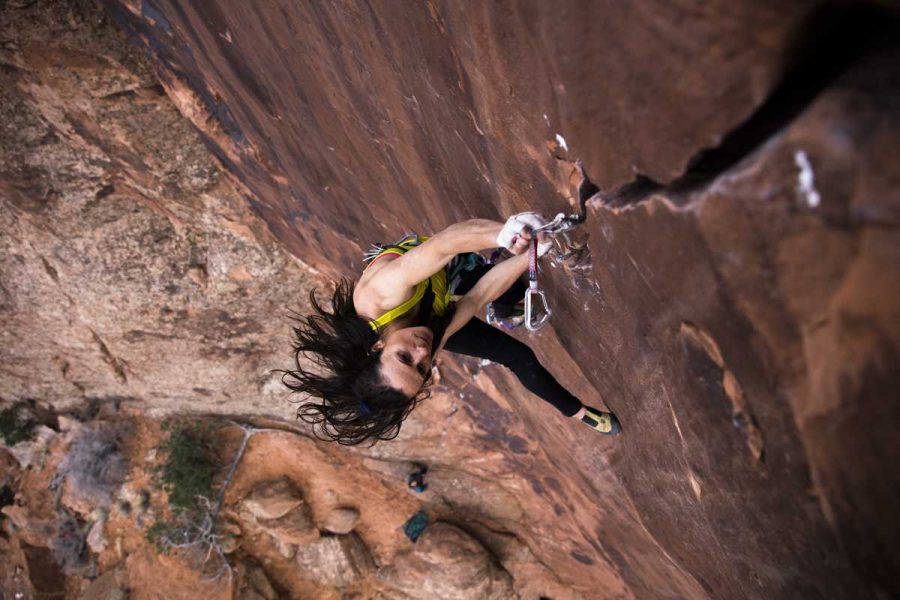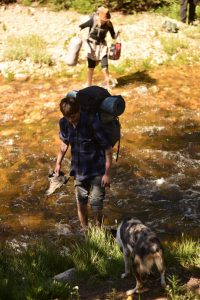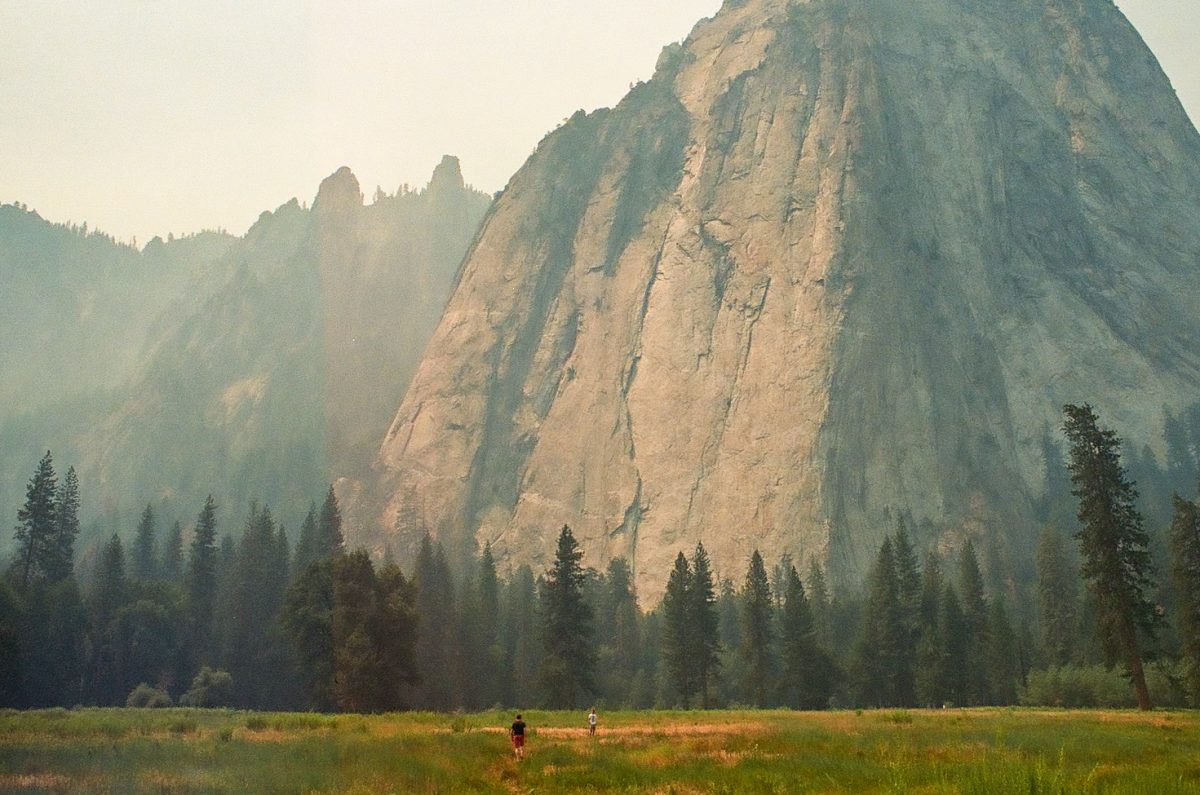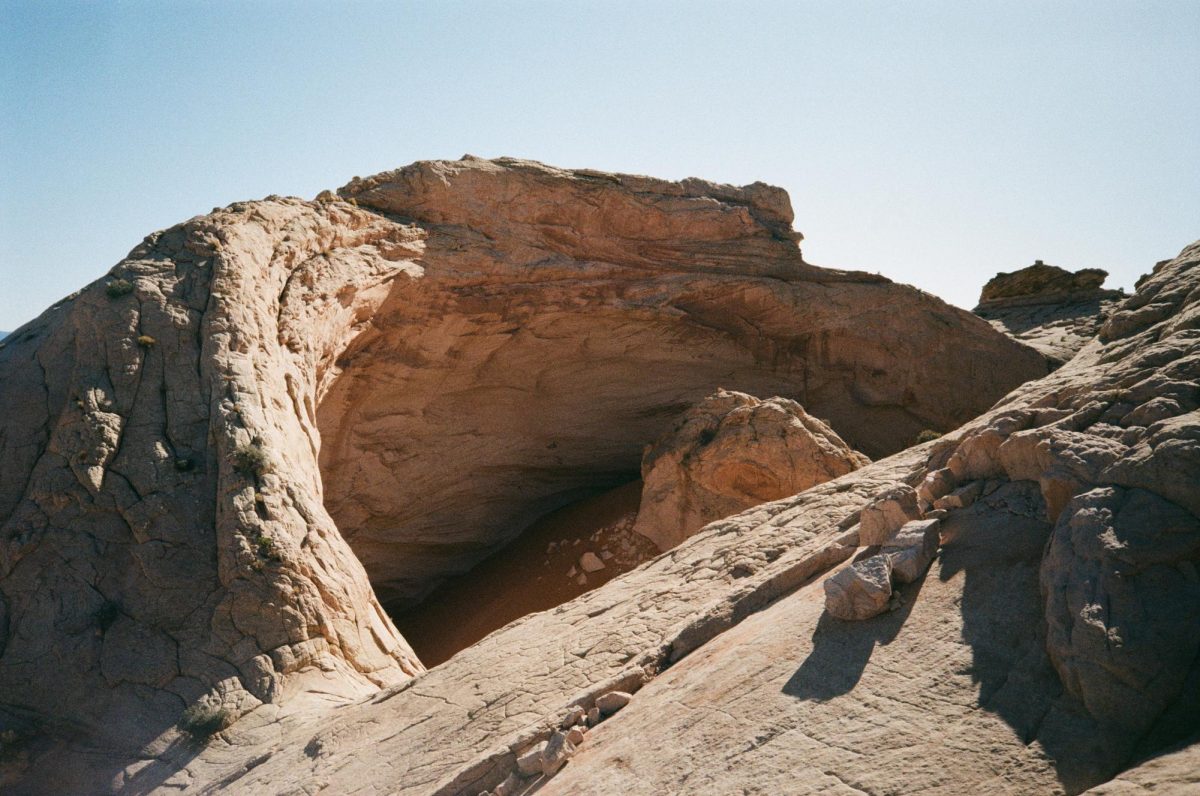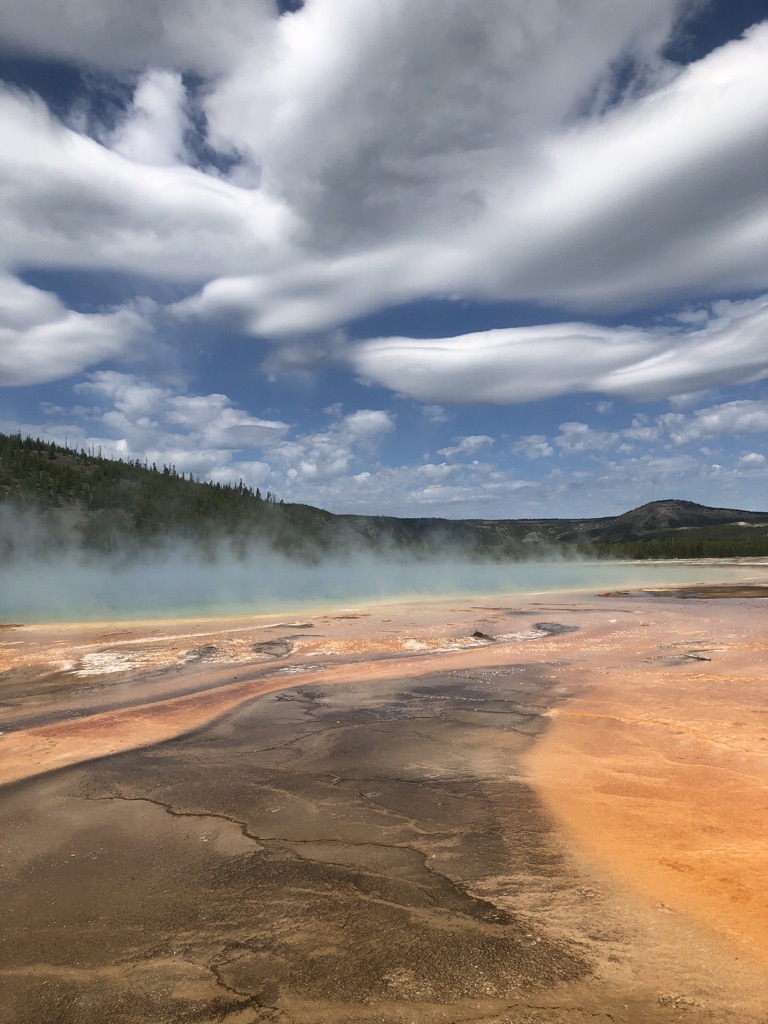Six questions with Steph Davis
May 8, 2019
Steph Davis is a professional rock climber, free-soloer, BASE-jumper and more. She’s written the books Learning to Fly and High Infatuation. She answered six questions for Wasatch on risk and the outdoors.
1.) What is the responsibility of the National Park Service in protecting people and the environment in the parks? How should policy change to accommodate that?
SD: I think the NPS has a tough job of caring for the national parks as our
population continues to increase exponentially. Humans are very hard on
the environment, and continuous human expansion continues to create more
and more impact on natural areas, protected or otherwise, over the
entire planet. I think this is larger than NPS policy. I don’t know how
it will be resolved.
2.) Why do we associate sports like climbing with risk, when we’re all aware stepping into our car on a busy road is statistically far more dangerous?
SD: The human brain has evolved for thousands of years to respond to dangers
in the environment. The world we live in, of cars, planes, climate-controlled living spaces, and global communication has only existed for
the last 50 years or so–and still does not exist in the lives of many.
Our brain is very responsive to the fear or falling and the fear of
predators, because those were the greatest threats humans had to deal
with for thousands of years. The human brain right now has a much harder
time understanding less overt dangers, like the danger of dying from
heart disease after decades of eating saturated fats or the danger of a
car crash.
3.) What is the difference in risk you experience in an extreme outdoor adventure, versus mundane everyday risks?
SD: I think many people are attracted to adventure because risk is very
immediate–easy for our brains to understand–and as a result, awareness
of it is more clear. We have reduced a lot of immediate risk from our
everyday lives, and as a result, we’re not very good at managing it. By
exposing yourself to risk regularly, you learn to evaluate environments
and conditions objectively, and to make decisions based on those
evaluations. This does change your perception of everyday risk taking as
well: for example, I am pretty selective about what I eat, because I see
food choices the same way even though the effects of those choices
aren’t always instantly apparent.
4.) Has your perception of risk changed over time? If so, how? If not, why?
SD: Living in the outdoors has taught me to be very aware of risk and risk
management, and to weigh all potential risks equally. For example, I am
extremely cautious about driving in cars, and I consider it a pretty
high risk activity.
5.) Do people think of these outdoor sports (climbing, mountain biking, base jumping, etc.) as dangerous or risky behaviors because it forces them to confront an aspect of their own mortality? And is it the fact it’s outside of the control we like to exert within society/urban areas, that scares people?
SD: Most unfamiliar things are scary–this is another thing the
human brain does for us, whether we like it or not. And we are born
with only two inherent fears: the fear of falling and the fear of loud
noises. We all have an equal opportunity to reduce those fears as we
grow, by familiarizing ourselves with them gradually and getting better
at working with them. Often people have a negative reaction toward
things they find unfamiliar and scary, and often they try to avoid
things they find scary.
6.) Is the trend in outdoor sports towards more risk or safety? The gear is always getting better, but people like Honnold dominate much of the mainstream’s view of climbing. So, are the sports becoming more or less dangerous as gear and skill let us do things never before imagined?
SD: We’re in a really interesting time right now, where information and gear
are continuously improving. Skills and techniques that took a lifetime
to pioneer are now available to anyone on the internet, at indoor
training centers, or through commercial courses. Climbing is a great
example: thanks to climbing gyms, kids as young as 3 can start seriously
climbing, and a new climber generally expects to be climbing within a
year at a difficulty that didn’t even exist on the rating scale 10 years
ago. Climbing training is now highly advanced, when climbers used to
just go live in Yosemite and climb the rocks to get better–competition
climbers now say they can’t afford to go climbing outside because then
they aren’t fit enough to compete with people who only train and climb
indoors. There are now indoor skydiving training centers, called wind
tunnels, and small children can learn how to freefly at a very advanced
level, years before they would even legally be permitted to go
skydiving. There’s now an artificial surf pool where the waves are
perfect all day every day–surfers used to have to wait around for good
days and fight crowds for good waves. On the internet, you can watch
videos of the best athletes in any discipline performing at the top
level. This has completely changed the perception of what’s
possible–people are exponentially getting better and better, faster and
faster. There’s also a different perception of time. It used to be that
an athlete might do something really significant once or a few times a
year, and the publicity would take some time to appear in magazines, and
would then stick around for a while. In the time of digital media, we
are seeing and expecting major accomplishments to pop up on our feeds
multiple times a day, and we then forget about them and need to see new
ones. I think the gear is safer and better than it’s ever been, but I
think that people’s perceptions of what’s possible are shifting and
causing more people to be pushing more often. Pushing comes at any skill
level, because pushing just means that you’re pushing beyond your
current ability level. This can contribute to more danger, when the
sport itself is very high risk. And there is a limit of what the human
body can take: skiers can continuously jump higher and ski faster, but
there’s a level of impact that no gear can protect from. I think we’re
at kind of a balance point right now where the excellence of gear is
adding safety, but the human factor is adding danger, and it will be
interesting to see where it goes from here.

